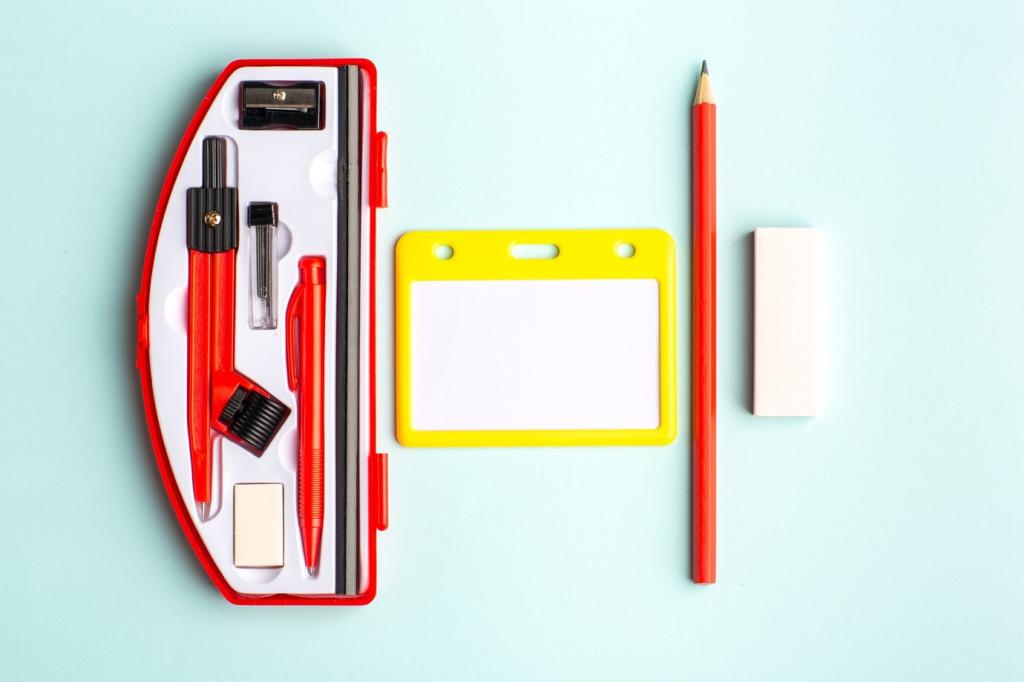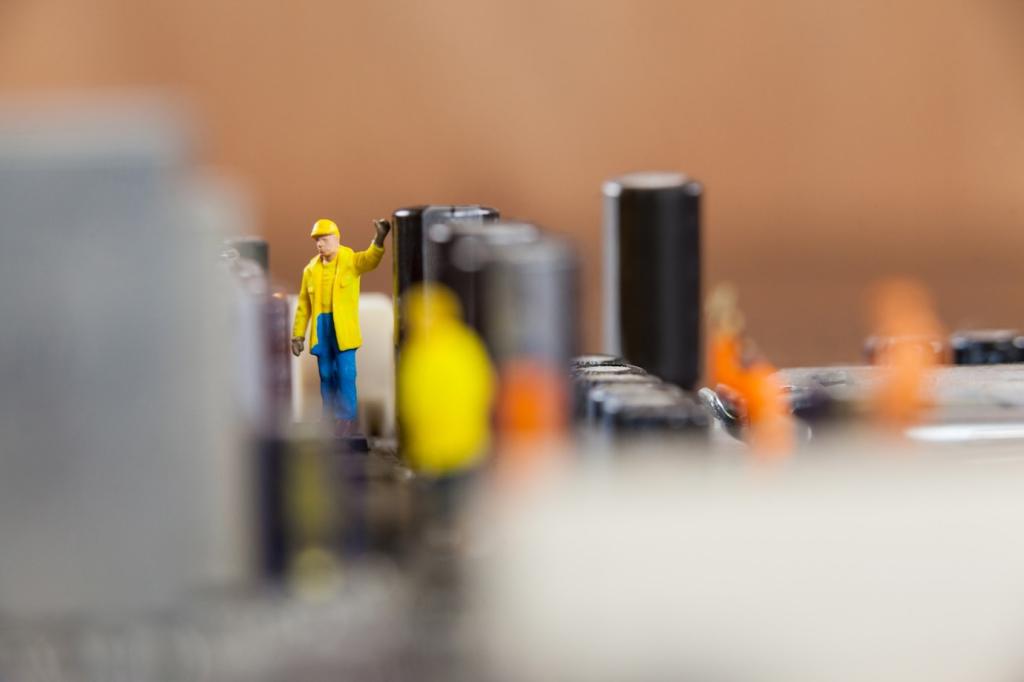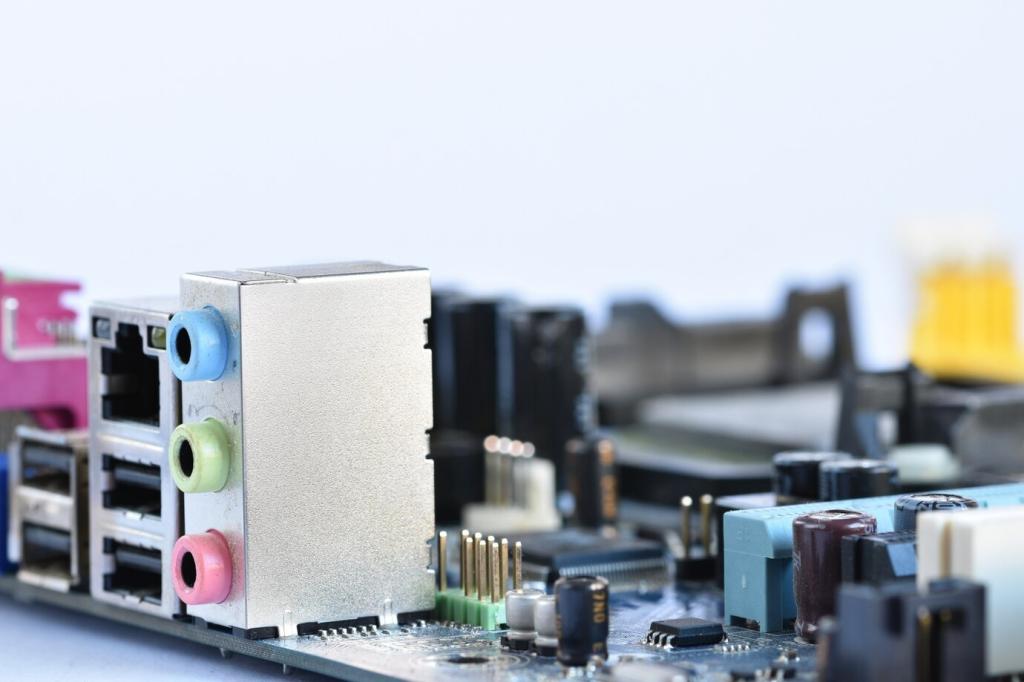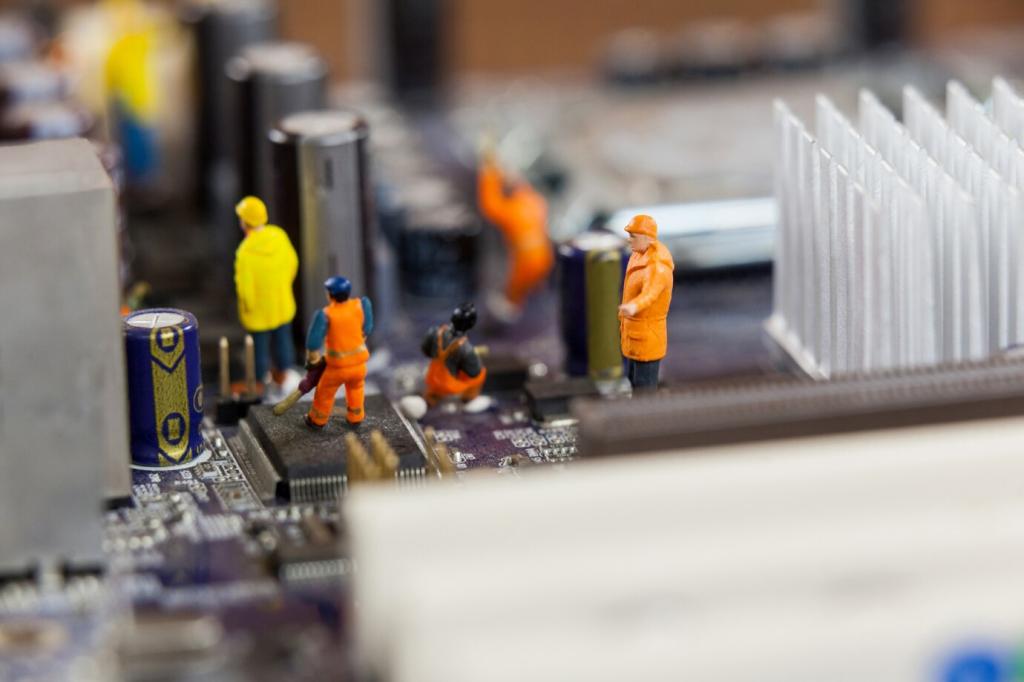
Step-by-Step Guide: Starting with Arduino and Raspberry Pi
Welcome! Chosen theme: Step-by-Step Guide: Starting with Arduino and Raspberry Pi. Whether you’re unboxing your first boards or finally connecting them together, this friendly guide offers hands-on steps, relatable stories, and practical tips. Subscribe and comment as you build alongside us, one confident experiment at a time.
Unboxing and First Power-Up
What’s in the Box
Lay everything out: your Arduino (Uno, Nano, or similar), your Raspberry Pi board, a reliable power supply, microSD card, USB cable, and jumper wires. If you have a breadboard and a few LEDs with resistors, even better. Snap a picture and introduce your kit in the comments.
Power and Safety Essentials
Use the official, appropriate power supply for your Raspberry Pi to avoid undervoltage warnings. Power your Arduino over USB from your computer or a trusted adapter. Always add resistors to LEDs, avoid short circuits, and keep components on a non-conductive surface. Safety first keeps learning fun and fearless.
Share Your First Boot
That first blink matters. The Arduino’s onboard LED can glow proudly, and the Raspberry Pi’s status LEDs tell their own story. If your Pi shows a rainbow splash or activity light, celebrate it. Post your first-boot triumphs, questions, and photos so others can cheer you on and learn too.



Start with the built-in LED on pin 13, or wire an external LED with a 220‑ohm resistor from a digital pin to ground. Upload Blink and watch your first heartbeat of hardware. Change delays to experiment. Share a short clip and your timing choices so beginners can learn from your tweaks.
Blink: Your First LED and GPIO
On the Pi, wire an LED with a current-limiting resistor to a 3.3V GPIO and ground. Use a simple Python script to toggle the pin. Respect the 3.3V limit and never drive LEDs without resistors. If you hit permission issues, try sudo. Post your script snippet and celebrate together.
Blink: Your First LED and GPIO
Sensors and Serial: Reading the World
Choosing Beginner-Friendly Sensors
Start with a DHT11 or DHT22 for humidity and temperature, a photoresistor with a voltage divider for light, and an HC‑SR04 for distance. Check voltage levels: many sensors love 5V on Arduino, while the Raspberry Pi prefers 3.3V logic. Use level shifters where needed, and share your wiring photos.
Serial Monitor and Print Debugging
On Arduino, open Serial at a known baud rate and print human‑readable messages. On Raspberry Pi, print to the console and add timestamps. Clear messages save hours. If your data looks garbled, verify baud rate and wiring. Post a snippet of your output so others can suggest improvements.
A Tiny Story from the Lab Bench
One evening I built a temperature alert that chirped when the room got stuffy. The first readings drifted, so I averaged several samples and waited for sensor warm‑up. Suddenly, steady numbers. Share your own mini‑victory below, even if it is “finally saw stable digits after patience.”
Networking Basics on Raspberry Pi
Preconfigure Wi‑Fi and SSH with Raspberry Pi Imager or enable SSH by placing an empty file named ssh on the boot partition. Connect with ssh user@hostname. Add VNC for a full desktop remotely. Change default passwords and note your IP address. Tell us your preferred remote workflow.

Arduino + Pi: Making Them Talk
USB Serial Bridge
Connect Arduino to the Pi via USB. On the Pi, your device appears as ttyACM or ttyUSB. Use Python with pyserial to read lines. Consider a simple key:value format so messages are parseable. If permissions block access, add your user to the dialout group. Share your first decoded line.
I2C or SPI, with Level Shifting
For tighter synchronization, enable I2C or SPI on the Raspberry Pi and use proper bi‑directional level shifters when talking to 5V Arduinos. Keep wires short, verify pull‑ups, and label connections. Post your wiring sketch so others can review and catch any crossed lines before power‑up.
Test, Log, and Visualize
Stream sensor readings from Arduino to the Pi, log to CSV or SQLite, and graph them using Matplotlib or Node‑RED dashboards. Seeing trends builds intuition fast. Share a screenshot of your graph, and tell us which sample rate felt smooth without overwhelming your storage.



Common Pitfalls and Quick Wins

Ground Everything
If the Arduino and Raspberry Pi communicate, they must share a common ground. Floating inputs cause strange readings; use pull‑up or pull‑down resistors appropriately. When behavior seems haunted, check grounds first. Tell us about the weirdest bug a missing ground caused in your project.

Watch Voltages and Current
Raspberry Pi GPIO pins are 3.3V tolerant only—never feed them 5V directly. Use resistors with LEDs, transistors or drivers for motors, and diodes across coils. Arduino pins also have current limits. Share how you protected your circuit, and help someone dodge a smoky lesson.

Backup and Document
Image your microSD card before big changes, version your code with Git, and keep a simple build log. A few notes about wiring and dependencies save future headaches. Post your documentation template and subscribe for a ready‑to‑clone starter repository with sensible defaults.
